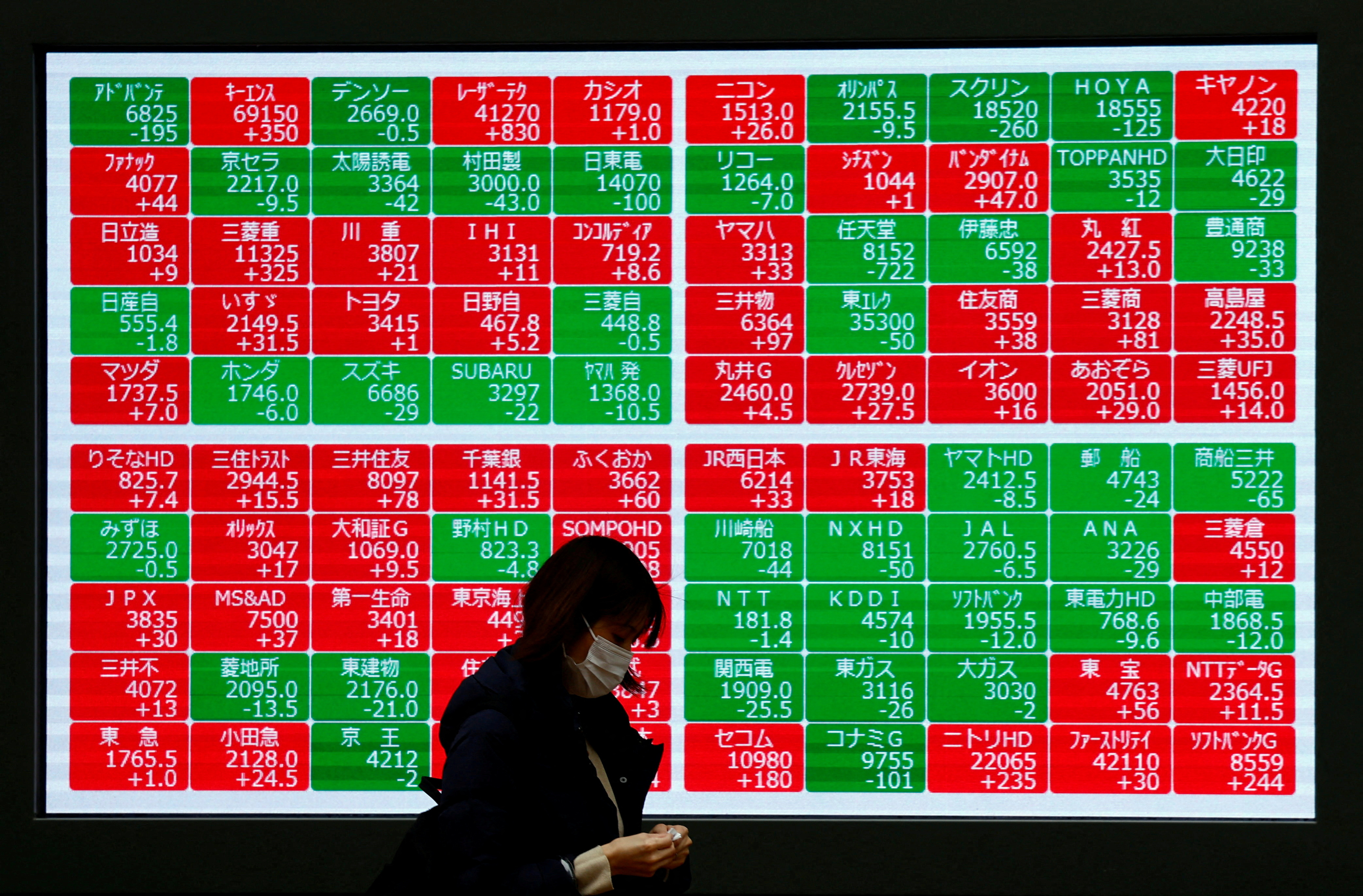NATO Summit and Human Rights: A Critical Report by Amnesty International
Introduction
As NATO states convene in The Hague, critical decisions are anticipated that will affect millions globally. The expected increase in defence spending in response to Russia’s war of aggression in Ukraine must be coupled with firm commitments to uphold human rights and international humanitarian law, aligning with the Sustainable Development Goals (SDGs) to promote peace, justice, and strong institutions (SDG 16).
Amnesty International’s Role and Global Context
- Agnès Callamard, Secretary General of Amnesty International, represents the organization at the NATO Public Forum alongside leaders, security experts, academics, journalists, and NGOs.
- Amnesty’s annual report highlights unprecedented global conflicts, rampant inequality, and an unchecked arms race, emphasizing the urgent need for government action to avoid historic devastation.
- The report underscores the importance of integrating human rights protection into all responses to global crises, directly supporting SDG 10 (Reduced Inequalities) and SDG 16.
Funding Increased Defence Budgets through Progressive Taxation
The Trump administration’s push for NATO allies to increase defence spending to 5% of GDP must not compromise essential public services or humanitarian aid, which are vital for achieving SDG 3 (Good Health and Well-being), SDG 4 (Quality Education), and SDG 1 (No Poverty).
- States should implement progressive domestic taxation targeting the wealthiest and support global tax reforms to ensure equitable contributions.
- NATO leaders must reject the false choice between security and social, economic, and political rights, emphasizing that security and rights are mutually reinforcing (SDG 16).
Strengthening Commitment to International Humanitarian Law
International humanitarian law faces a crisis with some governments denying its applicability or altering its principles. The ongoing conflicts in Gaza and Ukraine illustrate severe violations, with devastating civilian casualties.
- NATO leaders must reaffirm their commitment to international law and demand compliance from allies.
- The summit should produce concrete measures to ensure respect for humanitarian law, supporting SDG 16.
- Weapons transfers to countries likely to commit war crimes, such as Israel and Sudan, must be halted.
Protecting International Treaties
Recent withdrawals from key treaties protecting civilians, including the Convention on Cluster Munitions and the Ottawa Convention banning anti-personnel mines, threaten global peace and security.
- Countries such as Lithuania, Finland, Estonia, Latvia, and Poland have withdrawn or considered withdrawing from these treaties.
- The USA’s transfer of cluster munitions and anti-personnel mines to Ukraine undermines prohibition efforts.
- NATO leaders must recommit to these treaties to protect civilians and uphold SDG 16.
Regulating Autonomous Weapon Systems
The militarization trend includes increased use of artificial intelligence and autonomous weapons, risking the erosion of regulatory efforts.
- NATO governments must adopt a collective position supporting a global, legally binding treaty to regulate autonomous weapons systems.
- The treaty should ban autonomous weapons that directly target and attack humans, addressing legal and ethical concerns.
- This action aligns with SDG 16 by promoting peaceful and inclusive societies.
Reaffirming Rights to Freedom of Expression, Association, and Peaceful Assembly
Amnesty International documents a global crackdown on dissent, including bans on media, NGOs, political parties, and the criminalization of peaceful protests.
- NATO must place protection of universal human rights at the core of its vision, reflecting its founding principles and the UN Charter.
- Leaders should recognize the essential role of civil society, human rights defenders, and independent media in maintaining peace and security.
- Commitments must include allowing peaceful protests, protecting freedom of expression, and ending oppression and violence against human rights defenders and journalists.
- These measures support SDG 16 by fostering accountable institutions and inclusive societies.
Conclusion
NATO leaders face a pivotal moment to ensure that increased defence spending and security measures do not undermine human rights and international law. Genuine and lasting security depends on robust human rights guarantees, which are indispensable for achieving the Sustainable Development Goals, particularly SDG 16.
Source: Originally published in Le Monde diplomatique
1. Which SDGs are addressed or connected to the issues highlighted in the article?
- SDG 16: Peace, Justice and Strong Institutions
- The article emphasizes respect for international humanitarian law, protection of human rights, and the role of civil society, human rights defenders, and independent media in ensuring accountability and rule of law.
- It discusses the need to uphold international treaties and prevent war crimes, genocide, and crimes against humanity.
- SDG 10: Reduced Inequalities
- The article calls for progressive taxation and global tax reform to ensure the wealthiest pay their fair share, addressing inequality within and between states.
- SDG 3: Good Health and Well-being
- Indirectly addressed through the protection of civilians in armed conflicts and the prevention of civilian casualties due to war crimes and use of prohibited weapons.
- SDG 17: Partnerships for the Goals
- The article highlights the importance of international cooperation, treaty adherence, and collective action to regulate autonomous weapons and uphold humanitarian law.
2. What specific targets under those SDGs can be identified based on the article’s content?
- SDG 16 Targets:
- 16.1: Significantly reduce all forms of violence and related death rates everywhere.
- 16.3: Promote the rule of law at the national and international levels and ensure equal access to justice for all.
- 16.10: Ensure public access to information and protect fundamental freedoms, in accordance with national legislation and international agreements.
- 16.b: Promote and enforce non-discriminatory laws and policies for sustainable development.
- SDG 10 Targets:
- 10.4: Adopt policies, especially fiscal, wage and social protection policies, and progressively achieve greater equality.
- SDG 3 Targets:
- 3.8: Achieve universal health coverage, including financial risk protection and access to quality essential health-care services.
- 3.d: Strengthen the capacity of all countries for early warning, risk reduction and management of national and global health risks.
- SDG 17 Targets:
- 17.16: Enhance the Global Partnership for Sustainable Development, complemented by multi-stakeholder partnerships.
- 17.17: Encourage and promote effective public, public-private and civil society partnerships.
3. Are there any indicators mentioned or implied in the article that can be used to measure progress towards the identified targets?
- Indicators related to SDG 16:
- 16.1.1: Number of victims of intentional homicide per 100,000 population, by sex and age.
- 16.3.1: Proportion of victims of violence in the previous 12 months who reported their victimization to competent authorities or other officially recognized conflict resolution mechanisms.
- 16.10.2: Number of countries that adopt and implement constitutional, statutory and/or policy guarantees for public access to information.
- Monitoring of adherence to international humanitarian law and treaties (implied through references to treaty withdrawals and arms transfers).
- Indicators related to SDG 10:
- 10.4.1: Labor share of GDP, comprising wages and social protection transfers.
- 10.4.2: Proportion of people living below 50% of median income, by sex, age and persons with disabilities.
- Tax revenue as a percentage of GDP, especially from progressive taxation (implied).
- Indicators related to SDG 3:
- 3.8.1: Coverage of essential health services.
- 3.d.1: International Health Regulations (IHR) capacity and health emergency preparedness.
- Number of civilian casualties in armed conflicts (implied).
- Indicators related to SDG 17:
- 17.16.1: Number of countries reporting progress in multi-stakeholder development effectiveness monitoring frameworks that support the achievement of the sustainable development goals.
- 17.17.1: Amount of United States dollars committed to public-private partnerships.
- Existence and enforcement of international treaties and agreements on arms control and humanitarian law (implied).
4. Table: SDGs, Targets and Indicators
| SDGs | Targets | Indicators |
|---|---|---|
| SDG 16: Peace, Justice and Strong Institutions |
|
|
| SDG 10: Reduced Inequalities |
|
|
| SDG 3: Good Health and Well-being |
|
|
| SDG 17: Partnerships for the Goals |
|
|
Source: amnesty.org







